I have rosacea. Because of this, my skin is sensitive, easily inflamed and skipping moisturizer can mean dry flakes for days! I’m also very sensitive, so using the wrong product can result in painful burning and flushing. To help combat my rosacea, I’ve changed the way I look at skin care, and the results have been dramatic. While I still have my “good skin days” and “bad skin days,” those bad days are now few and far between. My skin can tolerate a wider range of products, and I no longer have to slather up in enough green corrector makeup to make a normal person look like Kermit the Frog. Hopefully some of these skin tips for rosacea help you, too!
1. Moisturize!
The major function of the skin is to protect you from the rest of the world. It’s a big barrier, and that barrier function is easily disrupted if you have a condition like rosacea or eczema (I’m lucky, I have both). The best way to preserve and support your skin’s barrier function is hydration! Well hydrated skin is happy skin, and when my face is well hydrated it is much less sensitive.
My favorite ingredients to look for are:
Ceramides: Ceramides are naturally occurring in the outer layer of your skin, and when levels go down, your skin becomes more sensitive, drier and you’ll have peeling. Adding ceramides to skin care helps your skin repair the barrier function as well as retain water.
Also look for: Phytosphingosine, and sphingosine which help your skin to create ceramides
Glycerin: This humectant helps your skin hold water in the outer surface layers, easily pulling water from the lower layers of the skin and the environment to hydrate the surface layers of the skin, repairing barrier function and preventing scaling.
Also look for: Glycerol, glycerine
Hyaluronic Acid: This isn’t an acid, instead it is a very large molecule that holds on 1000x its own weight in water! While it is found naturally in your skin’s dermis, it is much too large to penetrate down into the skin. Instead it sits on top of your skin, helping it to stay hydrated and plumping up the skin.
Also look for: Sodium Hyaluronate
Jojoba Oil: This plant oil is a great source of fatty acids, which the skin uses to repair the barrier function, and even stimulate collagen production.
Squalene: This moisturizer is naturally found in your skin and has anti-oxidant properties.
2. Sunscreen Is More Important Than Ever
A major source of redness for my rosacea is sun exposure, and I don’t just mean burning. For me, 20-30 minutes of sun exposure without protection can last for days! Wearing a good sunscreen can prevent this from happening, so I wear sunscreen every day.
I’ve found that the best sunscreens are ones that are full spectrum and physical, meaning they bounce the sunlight away from my skin rather than absorbing it. Physical sunscreens are typically less irritating than chemical sunscreens; I especially like sunscreens with nano particles which feel lightweight and won’t give your skin a white cast.
Look for: Zinc Oxide, which covers the entire UV Spectrum, SPF 15 or higher. Cetaphil® Daily Facial Moisturizer with SPF 50 is also great for sensitive skin needs, including those of rosacea prone skin.
3. Avoiding Known Irritants
Now that I have rosacea, the biggest change to my skin is how sensitive I am to active ingredients. Ingredients that are irritating can cause redness, burning and stinging that last for hours or even days. By checking labels I can avoid the ingredients that most bother my skin, though I can still use some of these known irritants if I’m smart about it. There are even products available specifically for rosacea and sensitive skin that feature these active ingredients. Ask your doctor before using any skin care products, particularly those containing these known irritants.
4. Prevent Irritated Skin
Even when I’m doing great with my skin care, I incorporate soothing ingredients with anti-inflammatory and redness-soothing properties into my routine whenever I can, like my favorite moisturizing masks, nightly moisturizer and even my cleanser! By incorporating them into my normal routine, and not only on an emergency basis, I can help my skin deal with potential flare-ups before they become an issue. Be sure to try them on a small area of skin first, to ensure that your sensitive skin doesn’t have a reaction to these ingredients.
5. Pay Attention To Your Skin
Don’t get caught in a skin care routine rut! Changes in the weather, your menstrual cycle, and even how frequently you’ve been using your deep cleaning brush can have a big impact on your skin, and it’s important to adapt as needed.
It has taken me years to learn all of my skin’s cues, but now that I can really tell what my skin needs each day, my skin has never looked better! When I’m looking red or my face is stinging I cut back on my treatment products, take extra care to cover up when I’m out in the sun and maybe do a soothing oatmeal face mask. If I’m starting to get flaky I will add in a super hydrating face oil before my nightly conditioner.
Your skin care routine shouldn’t be set in stone twice a day. Instead, it should adapt to your skin’s needs each day.
6. Know When To See A Doctor
While the advice here can help you calm down your rosacea, sometimes it just isn’t enough. If you don’t have the control over your rosacea that you’d like, it is definitely time to see a physician.

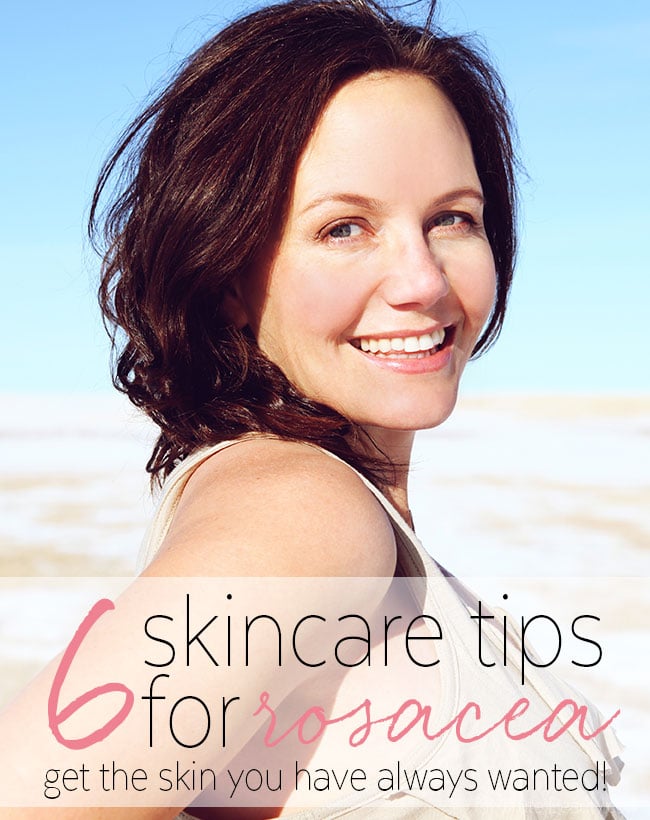
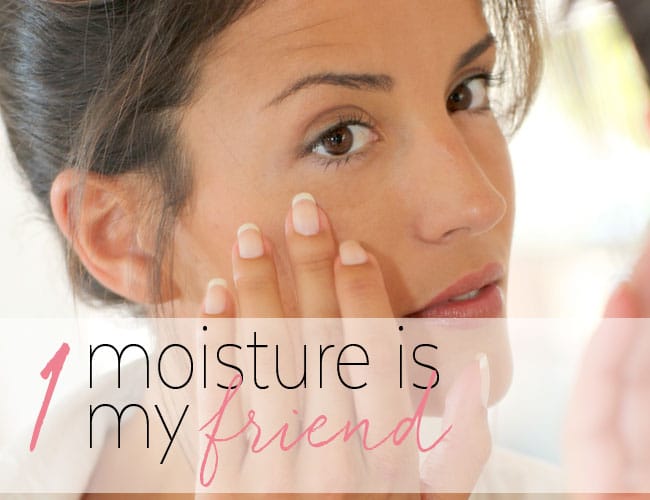

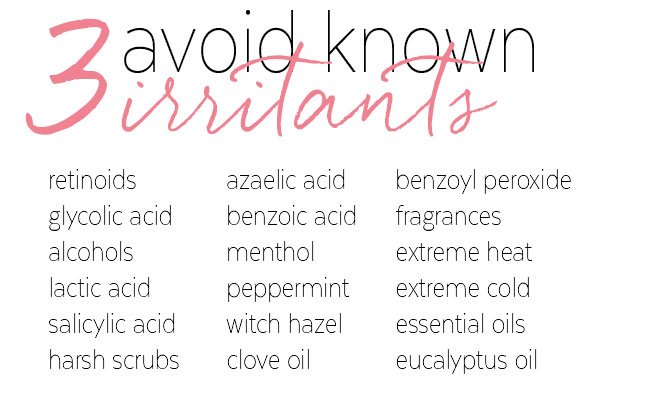
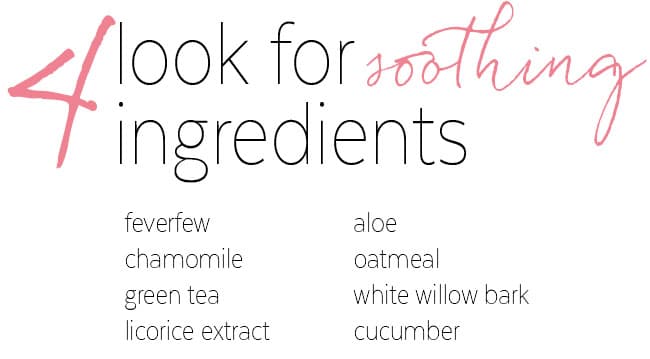
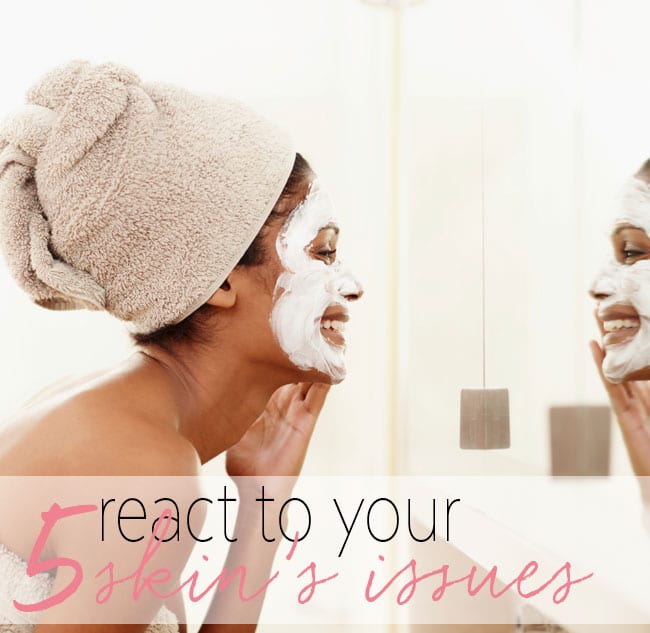

 I’m a doctor, a mommy and a bit of a beauty addict. If you let me, I can take 2 hours to get ready in the morning. Really. I'm on a quest for faster beauty that works!
I’m a doctor, a mommy and a bit of a beauty addict. If you let me, I can take 2 hours to get ready in the morning. Really. I'm on a quest for faster beauty that works!